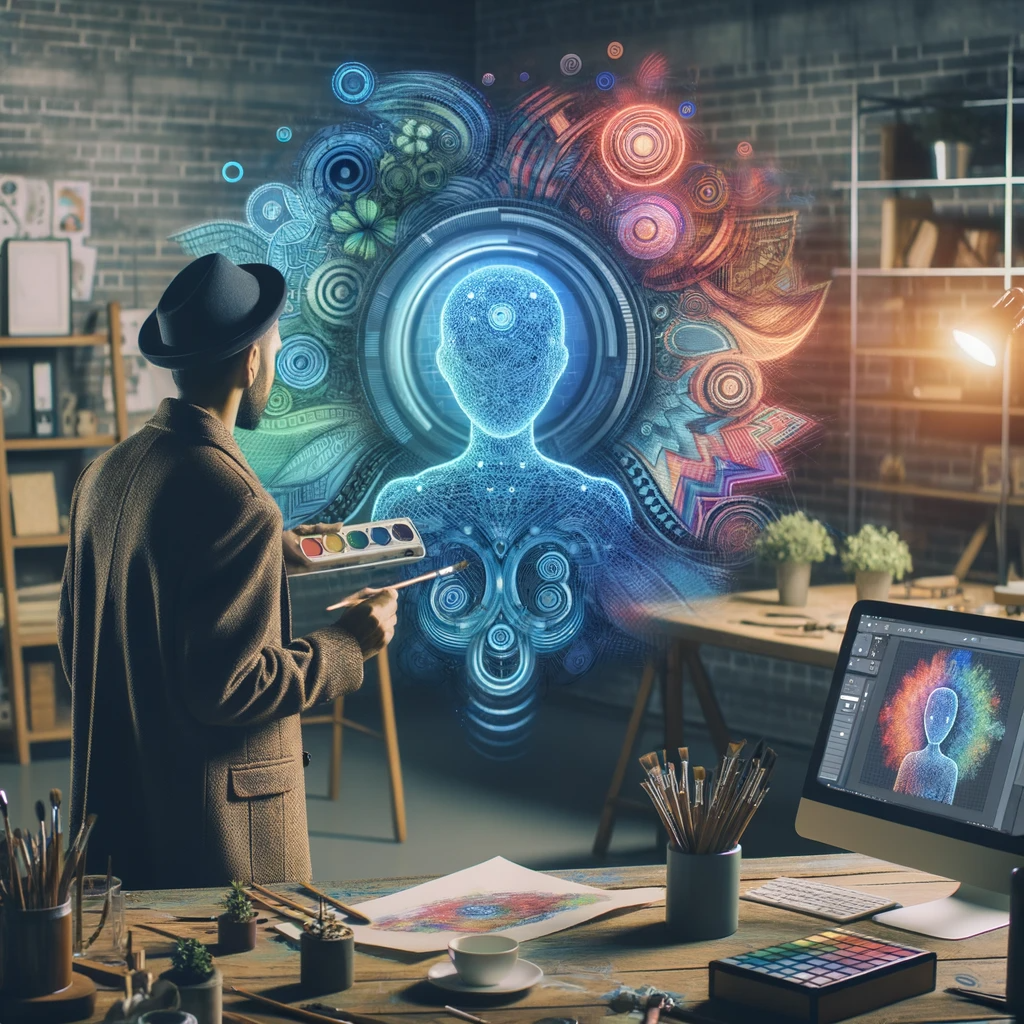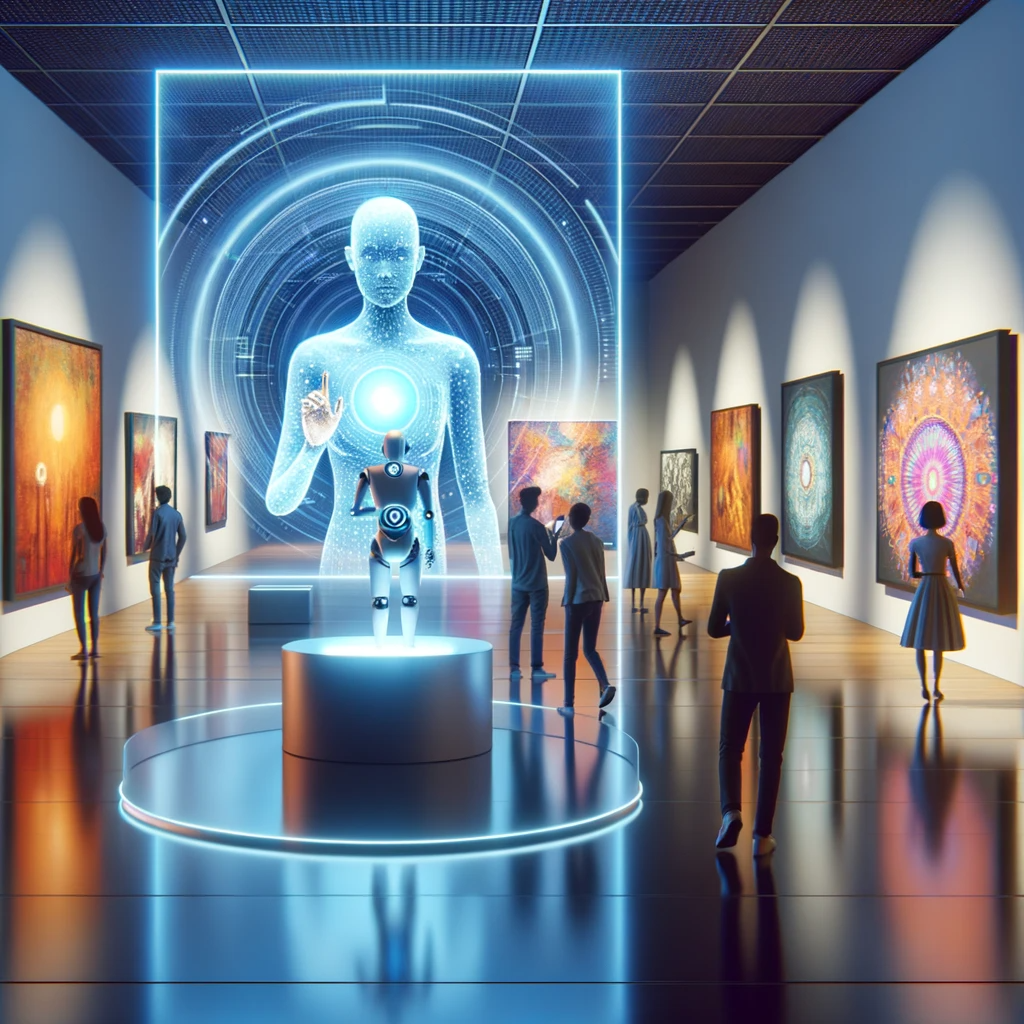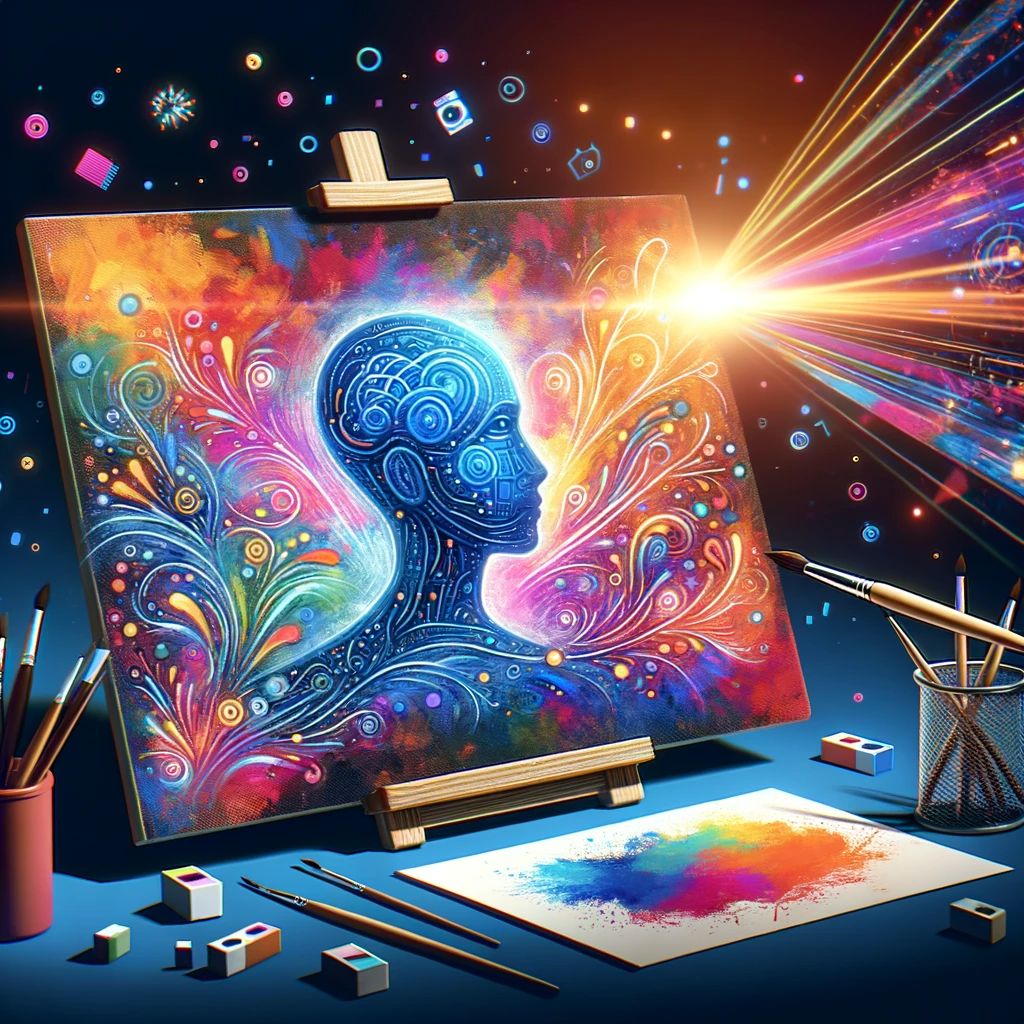In the evolving landscape of art, technology continually reshapes boundaries and unveils new opportunities. AI art generators represent a thrilling frontier in this progression, offering artists and enthusiasts an uncharted territory of creativity.
Although the idea of AI in art creation seems extraordinary, it’s a rapidly evolving field with much to explore. Tools like DeepArt.io and RunwayML aren’t just novel gadgets; they’re gateways to a new realm of artistic expression.
This article highlights three innovative aspects of AI art generators, showcasing how they could revolutionize the art world.
1. Collaborative Art: Merging Human and AI Ingenuity

Consider the synergy between human artists and AI. This collaboration could lead to an art form that fuses human emotion and AI’s algorithmic precision. Artists could push their boundaries, experimenting with styles and concepts beyond traditional limits.
The success of this collaboration lies in harmonizing human creativity with AI’s computational power. Artists initiate the creative process, setting themes and emotions, while AI enriches and diversifies the output, pushing the work into uncharted artistic domains.
2. AI in Art Curation

Curators are pivotal in the art world, guiding viewers through artistic narratives. What if AI could assume this role? AI curators, through their algorithmic analysis, could offer novel insights, uncover hidden patterns, and present diverse artistic expressions.
This shift could democratize art representation, allowing less recognized artists to shine. An AI’s unbiased approach might reveal unseen connections and styles, bringing fresh perspectives to art exhibitions.
3. AI Art Therapy: A New Frontier

Art therapy, a tool for expression and healing, stands to gain significantly from AI integration. AI art generators can provide prompts and suggestions, helping individuals explore deep emotional states and personal stories.
Such a process can offer a new way to engage with one’s thoughts and feelings, potentially leading to significant personal insights and therapeutic breakthroughs.
Conclusion
AI art generators open a realm of potential in the art world. From enhancing creative collaboration to redefining curatorial practices and therapeutic approaches, these tools offer exciting possibilities.
Embracing AI in art requires an open mind and a willingness to experiment. As AI continues to evolve, its role in art will undoubtedly expand, offering artists and audiences alike new ways to experience and create art. This journey into AI-assisted art creation promises to be as transformative as it is enlightening.
